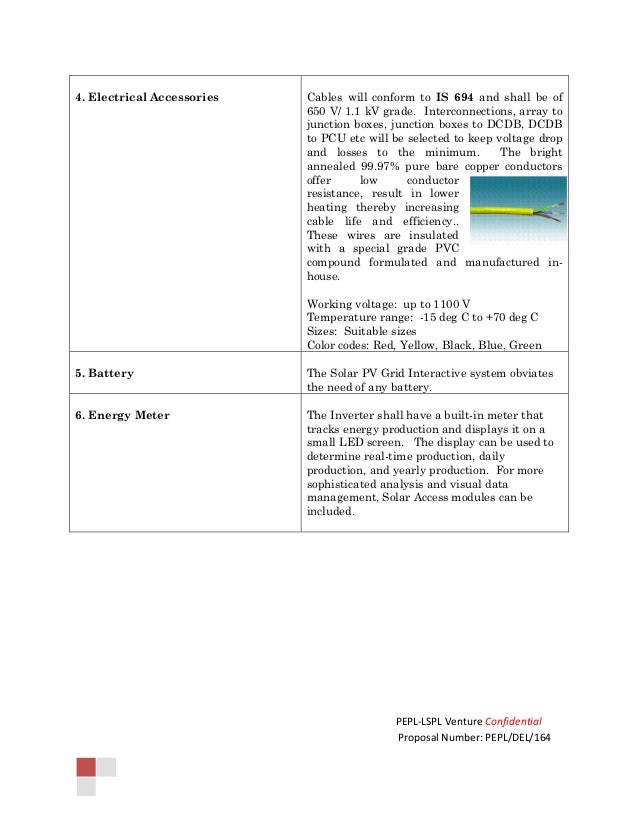Solar Radiation Data Handbook Of Nonprescription
Page/Link: Page URL: HTML link: The Free Library. Retrieved Feb 26 2018 from. Australian Solar Radiation Data Handbook Edition 4. Compiled by Energy Partners in association with Adelaide Applied Algebra. NSW: Australian and New Zealand Solar Energy Society (ANZSES), 2006.
Acceptance of a common solar radiation data base to minimize. The Australian Solar Radiation Data Handbook [3]. Condensed solar radiation data base for.
ISBN 0 642 19121 2. Available in hardcopy or CD. Schools have an increasing interest in the use of sustainable energy as both an educational topic and for improving their own environmental performance. Solar energy is the most abundant sustainable energy source, so access to reliable solar radiation data is imperative.

This data is available in Australia in the form of the AUSOLRAD Manual and Software. It can be purchased from the Australian and New Zealand Solar Energy Society www.anzses.org. Data has been taken from 28 Bureau of Meteorology sites around Australia for typical years. I have been using this resource in my teaching within TAFE and Universities for many years and have found it invaluable. The AUSSOLRAD package consists of a user guide and program that uses the Microsoft.NET framework.
It is easy to install and can import and export data to spreadsheets for example. Data tables in the software include climatic averages such as temperature, humidity and cloud cover, as well as processed solar radiation data for standard orientations (north, south, east and west) and inclinations (horizontal or latitude angle). Processed data includes:. Degree heating and cooling days-used to assess the need for space heating and cooling in buildings. Solar irradiance (power in W/m.sup.2) for each hour and total irradiation (energy in MJ/m.sup.2) over an average day for each month for planes of fixed orientation and inclination in 10 degree increments e.g., average daily irradiation in July falling on a solar collector plane facing 40 East of North and tilted at 20 degrees to the horizontal. Sun angles (azimuth and altitude) defining the position of the sun in the sky hour by hour.
Solar irradiation that is broken into direct (or beam) and diffuse (or scattered) components. This information is used for sun tracking systems, that is, solar energy systems where the solar collectors move to point perpendicular to the sun's rays throughout the day. Solar heat gain through windows of any orientation and tilt with simple horizontal shades. There is also a calculator that allows estimation of average solar radiation on walls or heat gain through windows of any orientation and tilt. There are many uses for this data and the table below summarises some of these. Some examples of how I have used the data in class include:. Simple exercises in comparing the effect of orientation on solar gain in buildings and the need for appropriate shading of windows, summer to winter.
Alex Litvak
Comparing the effect of changing the tilt angle of the collectors from summer to winter on solar system performance. Estimating the output of fixed photovoltaic systems for power generation into the electricity grid. Many schools now have their own such systems so estimates can be compared to actual measured data. Example of Data Use Solar irradiance (power) and To examine how the solar resource irradiation (energy) for each hour varies over the day and year. On any plane.
University Of New South Wales
Total irradiation (energy) for an To estimate the average average day each month for fixed performance of solar energy planes of orientation or systems such as photovoltaic inclination in 10 degree (electric) systems and solar water increments. Heaters set at fixed orientations and tilts. Total irradiation and the beam The total irradiation is used to and diffuse components for sun estimate performance of tracking systems. Photovoltaic tracking systems and to compare their performance with fixed collectors. Beam components are used for concentrating solar collectors that produce high temperature steam for power generation or process heat. Solar heat gain through windows.
G L Morrison
Allows estimation of the effects of window placement and shading on space heating and cooling of buildings. Who is this data applicable to? Science, maths and environmental educators should be able to make good use of this package with their classes, for example, in assessing and using solar radiation data for their region or to compare regions across Australia. Trevor Berrill Environmental Educator and Renewable Energy Systems Consultant.